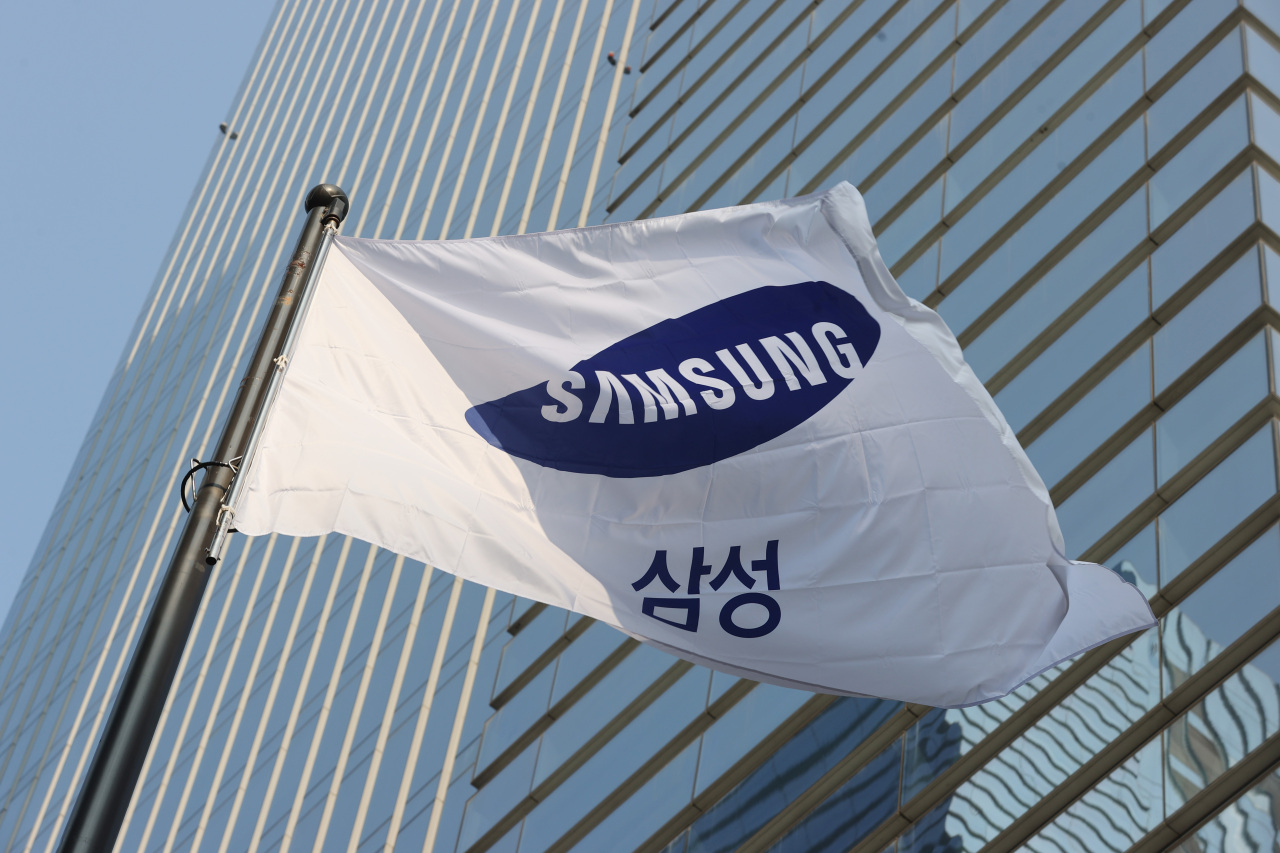Samsung Electronics has reportedly launched a new China team under the direct supervision of vice chairman and Chief Executive Officer Han Jong-hee, signaling a change in its strategy to reenter Asia’s largest market that is already dominated by homegrown manufacturers.
According to media reports, Samsung Electronics has kicked off a new operation, loosely translated as the China Business Innovation Team. The unit is dedicated to businesses ranging from mobile handsets to semiconductor chips. Han, who was promoted to one of Samsung’s CEOs earlier in December, will take charge of its operation. Samsung Electronics declined to comment on the matter.
Eyes are on whether Samsung would seek to buck the trend of downsizing in China in recent years.
Samsung’s Chinese operations had some 18,000 staff and executives as of 2020, down 40 percent from 2018. The Chinese arms’ combined net sales fell 12.5 percent over the cited period to 37.8 trillion won ($31.9 billion) in 2020, according to Samsung.
The diminishing presence stemmed from Chinese tech rivals’ stronger footing in the market, coupled with geopolitical tensions including those of China and the United States.
In China, local smartphone brands have overtaken Samsung in terms of shipments, while a locally produced new foldable phone is flaunting a technological edge over Samsung’s in the premium segment.
According to data compiled by industry intelligence provider Counterpoint Research, Chinese brands vivo, Oppo, Honor and Xiaomi took up a combined 72 percent in China’s smartphone shipments, being the top four smartphone vendors in the country during the third quarter.
In the meantime, Samsung’s smartphone market share by shipment has barely exceeded 1 percent in China since 2018, compared with the 20 percent logged in 2013 and 2014. Alongside Samsung, the flagship iPhone maker Apple has seen its market share in China gradually decline, from 16 percent in the fourth quarter of 2020 to 13 percent in the third quarter of 2021.
Also in India, Samsung has conceded the top spot to Xiaomi by smartphone shipment for the four straight quarters until September. Three out of the top five models during the third quarter of 2021 were from Xiaomi.
The Chinese cellphone maker, which produces Redmi and Mi flagship phones, also exceeded Samsung by monthly shipments in June to take the No. 1 spot, posing a challenge to the Korea-based tech bellwether and the world’s largest smartphone maker by shipment so far, according to Counterpoint Research.
“Although Xiaomi inching closer to Samsung in the second quarter of 2021 is an event that needs to be taken note of, it is not unprecedented,” noted Harmeet Singh Walia of Counterpoint Research’s India team.
Meanwhile, Oppo’s foldable phone market entry, with its flagship Find N products, is now gaining traction as their crease is “up to 80 percent less noticeable” on the handset when using the inside display, compared to Samsung’s Galaxy Z Fold and Z Flip lineup, according to Oppo Chief Product Officer Pete Lau. Oppo is to sell the product, with advanced foldable screen features, at two-thirds the price of Samsung’s foldable phones in China.
As for the semiconductor business, Samsung Electronics is keen on shielding themselves from the semiconductor supply chain disruptions that have hit global manufacturers due to the trade tension between the US and China. Samsung bases its semiconductor line in Xi’an, central China, and its semiconductor packaging operation in Suzhou, a city near Shanghai.
Meanwhile, eyes are also on where the Samsung’s de facto leader Lee Jae-yong would be headed during the respite of Lee’s court trial over allegations of a breach of trust regarding his role in a merger of key affiliates Samsung C&T and Cheil Industries in 2015. China is one of the possible destinations for Lee’s highly anticipated third overseas trip following an early release in August from a bribery conviction to ex-President Park Geun-hye, alongside a European country. Earlier this year, Lee visited the United States and the United Arab Emirates, with his visit to the US leading to a $17 billion deal in Texas to build a new foundry plant.
Lee’s latest visit to China was to a semiconductor factory in Xi’an in May 2020. Xi’an is home to a semiconductor factory established in 2014, and Samsung has embarked on a project to increase its production capacity with a second production line. Samsung announced an 8 trillion won capital expenditure solely for a Xi’an production line.
By Son Ji-hyoung (
consnow@heraldcorp.com)






![[Herald Interview] 'Trump will use tariffs as first line of defense for American manufacturing'](http://res.heraldm.com/phpwas/restmb_idxmake.php?idx=644&simg=/content/image/2024/11/26/20241126050017_0.jpg)

![[Exclusive] Hyundai Mobis eyes closer ties with BYD](http://res.heraldm.com/phpwas/restmb_idxmake.php?idx=644&simg=/content/image/2024/11/25/20241125050044_0.jpg)